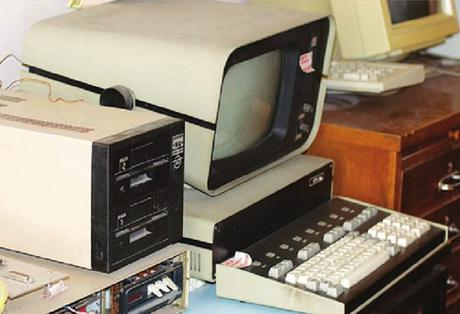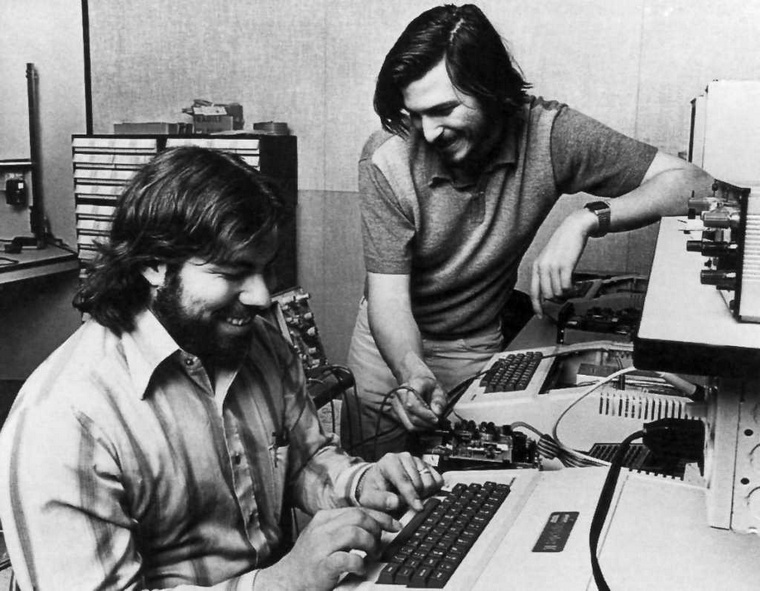The beginning of the IT era was marked by the invention of the personal computer. This device first appeared in the second half of the 90s and forever changed people’s perception of science and technology. The first computer was made by a group of professors and graduate students at the University of Toronto. How did they succeed, what difficulties did they face and what did PCs look like in those times? Learn more at toronto-future.
The beginning of the creation of a 19th-century greatest invention
In the early 1990s, Toronto began to turn into a huge metropolis where business, education, trade and a wide range of public services were constantly developing. Therefore, the need for analysis, exchange and control of information flows arose. Thus, in 1949, employees of the University of Toronto began developing an apparatus that Canadians had never seen before. They started the work completely from scratch since many of the needed components had not yet been invented back then.
In the process of conducting scientific experiments, the university staff said that the new device would be able to perform complex mathematical calculations, enable gameplays, automatically execute commands and, perhaps, even predict the weather several months in advance. Any of these operations would be completed in less than a second.
Since earlier almost all scientific and mathematical calculations were performed by the human mind, the creation of even the simplest electronic computer would become a new stage of discoveries and innovations. The developers of the device told the city press that
“The computer is actually an aid to, not a substitute for, the human brain… it will only be as good as the men who operate it, and will be able to do only what it is told to do.” the Globe and Mail reported.
The new computer development project was named UTEC and was created by employees of the University of Toronto’s Committee on Computing Machines. The Committee was formed in 1945 by Professors Sam Beatty, Bernard Griffith and V.G. Smith. They received a $1,000 grant from Canada’s National Research Council to conduct their first research. Thanks to those funds, scientists and engineers were able to buy several IBM mechanical calculators and hire a small staff to work on the creation of a new technical device.
In addition, the National Research Council agreed to continue funding the Computation Centre on the condition that it and other universities and government agencies would be able to start using the first computers. After that, the centre received $20,000. With that money, the employees were able to hire the physicist Josef Katz and the electrical engineer Alfred Ratz and two graduate students, who began to experiment and develop the components of the new invention.

Development of the first personal computer in Toronto
After the creation of the team of specialists and the project of the first computer, the Computation Centre was divided into two parts, a hardware and a mathematical division. The centre was the first to develop more compact and powerful electronic lamps for the operation of the future invention. In 1948, the head of the Computation Centre, Calvin Gotlieb, left Bell Laboratories for the United States. Then he returned with a complete set of blueprints for the latest American computer machine. After that, experiments were continued on their basis aiming to create a unique personal computer.
In an effort to start mathematical calculations in the near future, Calvin and the participants of the UTEC project decided to make a smaller computer for temporary use. The differential analysers of the new device performed calculations and built diagrams using moving parts, like a modern mechanism. In 1950, it performed about 5,000 calculations per second.
Programmer Trixie Worsley and physicist J.N. Patterson Hume developed the software for the operation of the new device. Since then, the interaction between a person and a computer has been carried out using many programming languages, one of which was called APL. Together with the electronic engineer José Laraya, they created the first functional version of the computer. The computing machine was powered by an Intel 8008 chip and could perform basic calculations.

In 1974, the final model of the computer was supplemented with a keyboard and a backup battery for use in the event of a power failure. A person just needed to press a button to start the device. Then the official presentation of the first computer took place in Toronto and it began to be sold en masse.
The device, developed by university staff, plugged into a standard wall outlet and controlled the electricity supply. In the event of a sudden shutdown, a person could insert a backup battery into the device.